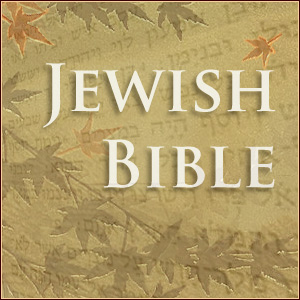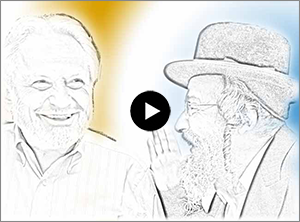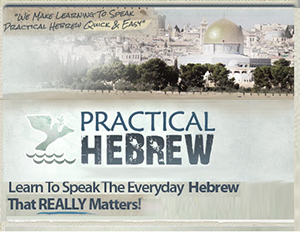Parshas Trumah
This past Shabbos the Torah Reading was Parshas Trumah.
Jewish Bible: The Torah
As I’ve written previously, the Jewish Bible is called the Torah. Each week there is a Torah reading in synagogue, when the section which Jews learned all week with Torah commentary is read. Then at the Shabbos meal the father says a “Dvar Torah”, usually illuminating a Torah commentary in that week’s Torah reading.
Parshas Trumah: The Adanim
Rashi brings at the beginning of Parshas Trumah in the name of Chazal that the three times that the word Trumah is mentioned refers to three Trumahs that were involved in the building of the Mishkan:
1) The (collection of) Machatzis HaShekel which were given by everyone equally when they were counted, when there was a census, so to speak. These Machatzis Hashekels were used for the Adanim, as is delineated in Parshas Pekuday.
2) The regular Miztvah of Machatzis HaShekel which was given by everyone in Adar for the Korbonos, communal sacrifices, that had to be offered up from Rosh Chodesh Nissan from the new money, and
3) The (collection of) individual contributions to the building of the Mishkan, here each one gave what he could, they were not uniform gifts.
It struck me this year, why is it that the whole Mishkan was made of the individual contributions (#3) except for the Adanim, which were made from the Machtzis HaShekel from the entire Jewish people?
I was inspired to understand that the Adanim were basically that which held up the entire Mishkan, in that they held up the Kerashim which was the main body of the Mishkan. So for the foundation, for that which holds up the whole Mishkan, the Mishkan which is a microcosm of the whole world (see the Torah Commentary of the Or HaChaim HaK’ at the very beginning of Bamidbar), this had to be from the contribution from the entirety of Klal Yisroel. Because each Yid is different, each Yid has his own yetzer, each one has his own Kabolas Ole Malchus Shamayim, each one has his own tikkun, each one has his own Kiddush Hashem that has to be revealed. The tachlis of creation, Beraishis, bishvil etc., this is what held up the whole Mishkan.
A year later after I wrote the above, I add this thought: I saw today in a sefer Divrei Bina a nice idea. The verse says in Koheles (7, 28) אָדָם אֶחָד מֵאֶלֶף, מָצָאתִי, Adam Echad MeElef Matzasey. He explained, that given that everybody has his own strengths and weaknesses, his own character traits and personality, that it’s only when you combine a thousand people all together that you get a full fledged person with all of the shlaimus, all of the completion, the complete man.






Leave A Response